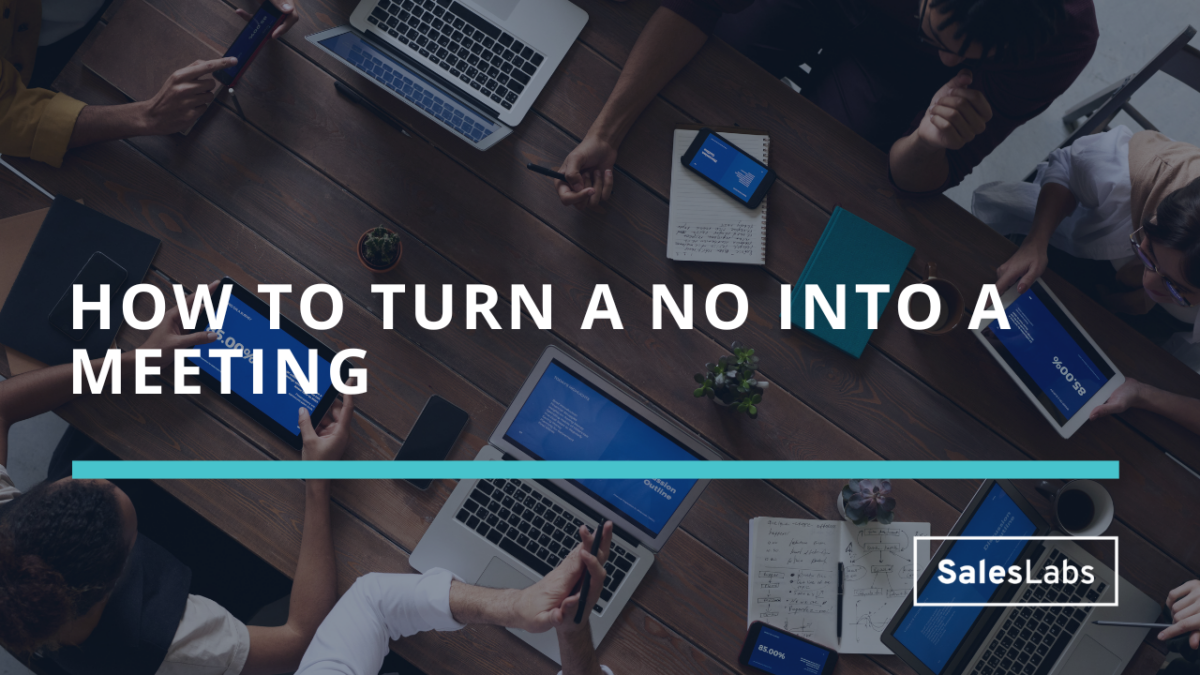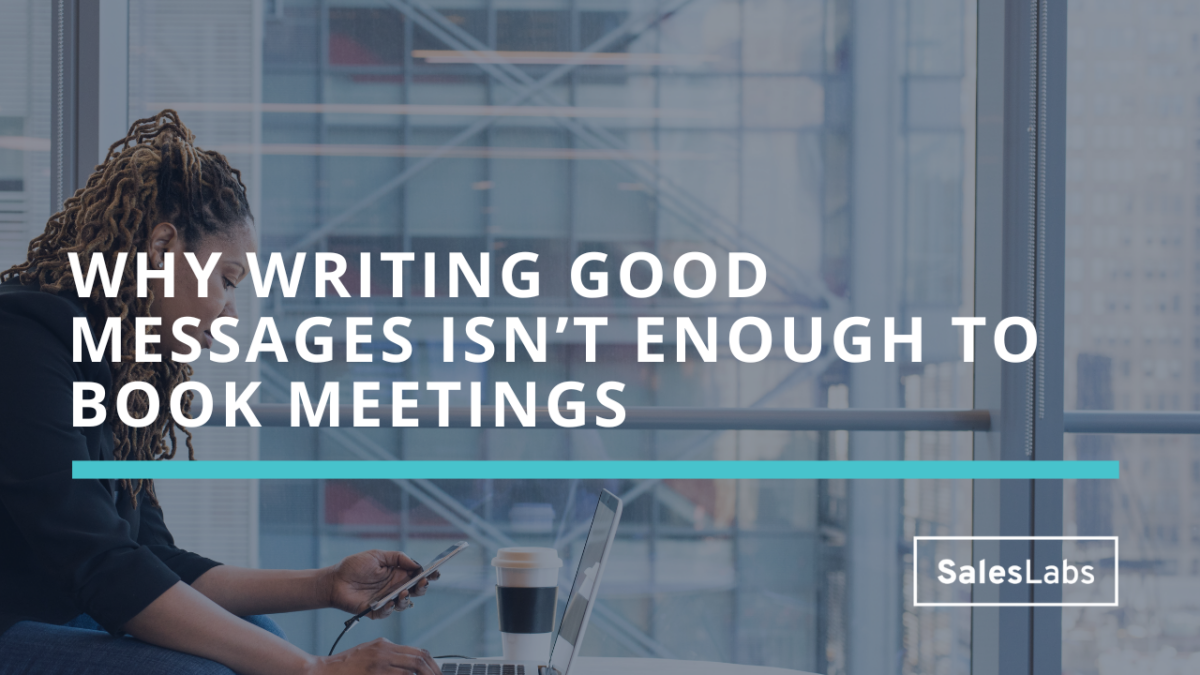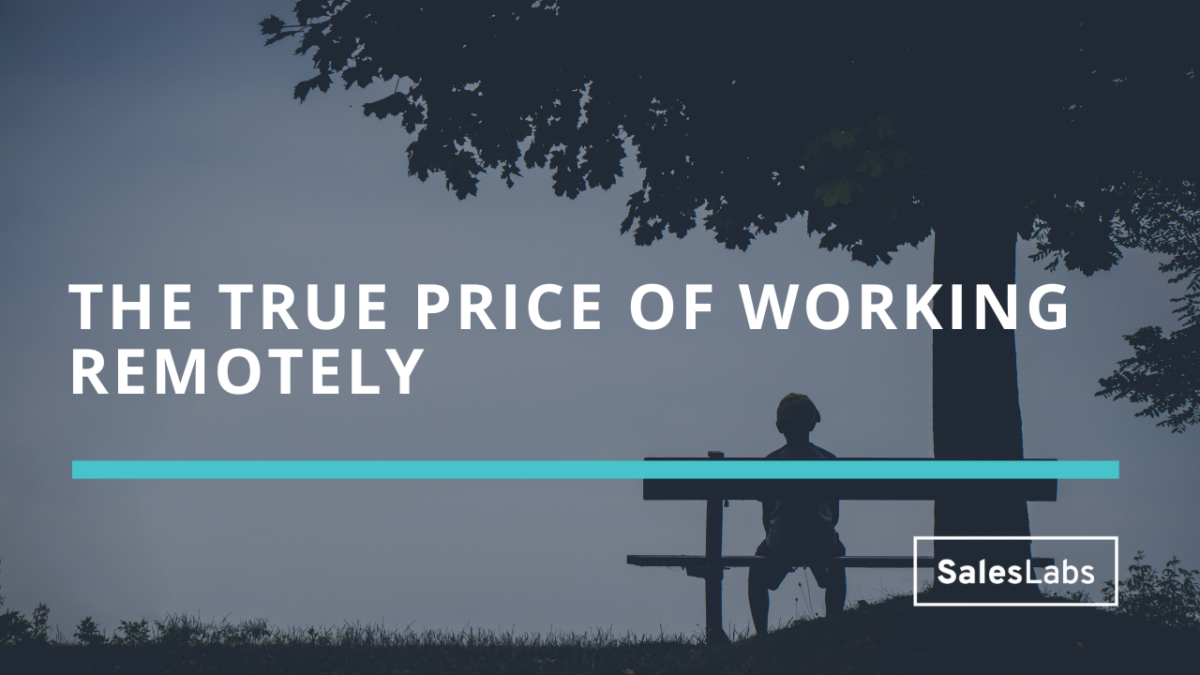How I use AI to to create a customer knowledge swipe file
In today’s issue, I’ll share how I used Claude AI and Fathom Notetaker to create a customer knowledge swipe file.
Most salespeople don’t understand how the product they sell helps their customers, and they keep pitching benefits and features prospects couldn’t care less about.
That’s why customer research is so important. If you don’t know the problems of your customers, your prospecting messages will fall flat, and you won’t generate the pipeline you need to reach your targets.
Here’s how to change that, with AI:
Step 1: Set your tools
You’ll need two (free) tools to create that swipe file. The first one is Claude AI (you can also use ChatGPT if you prefer), and the second one is a call recorder. I personally went for Fathom Notetaker as it’s free, and it does the job. You can use whatever tool your company is providing, like Gong. The call recorder has to have a built in transcript function, otherwise it will be useless.
Disclaimer: You’ll be feeding data from conversations with your customer to an AI, so make sure you have the permission to do so, or you may get in trouble.
Now that both of your tools are ready to use, you need to create a structure to
Step 2: Ask Claude AI to help you structure your swipe file
You need to create a system to help Claude AI go through the data you’re going to feed it. You can give it clear instructions, or ask its help to structure the swipe file.
Here’s the prompt I used:
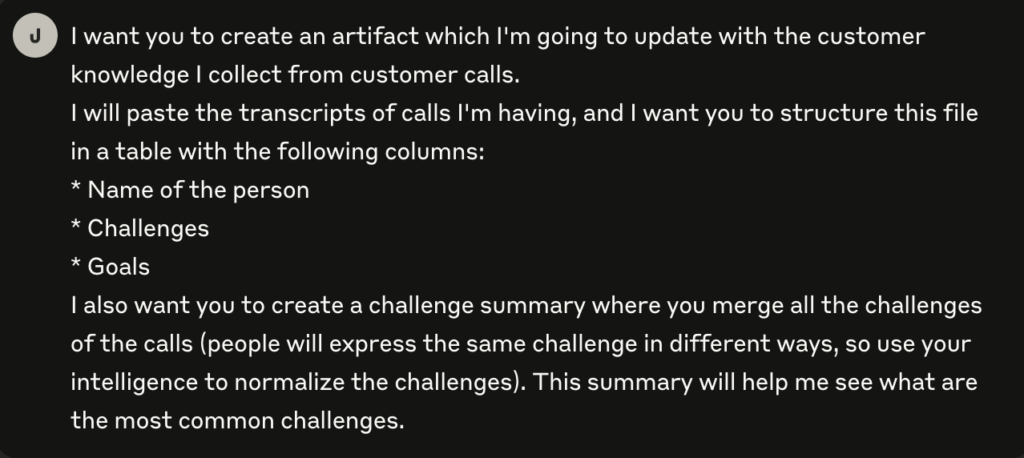
The first version was missing a summary, so I added more information with this prompt:
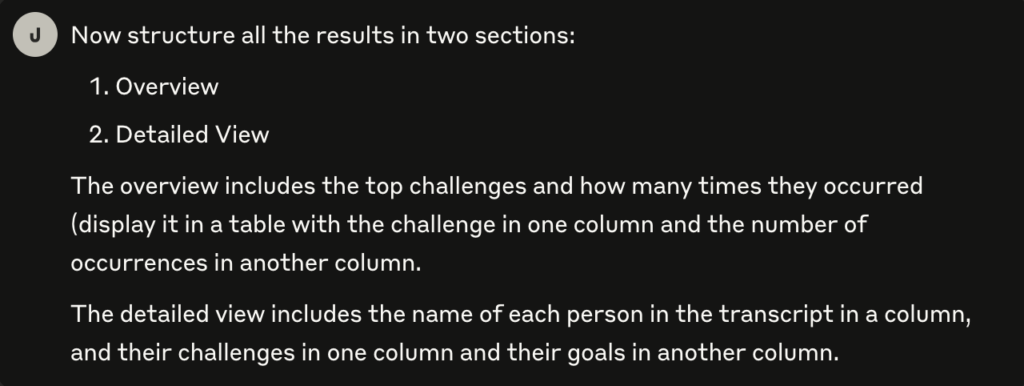
Step 3: Feed your transcripts to Claude AI
You customer knowledge system is now ready to use. The only thing remaining to do is to feed the transcripts of your calls to Claude AI. I recommend at least feeding the last 10 calls you had with customers, but you can also feed calls from other salespeople if you’re new to the job.
I recommend creating a process where you feed new transcripts every week, so your swipe file keeps getting better. Here’s an example of how mine looks:
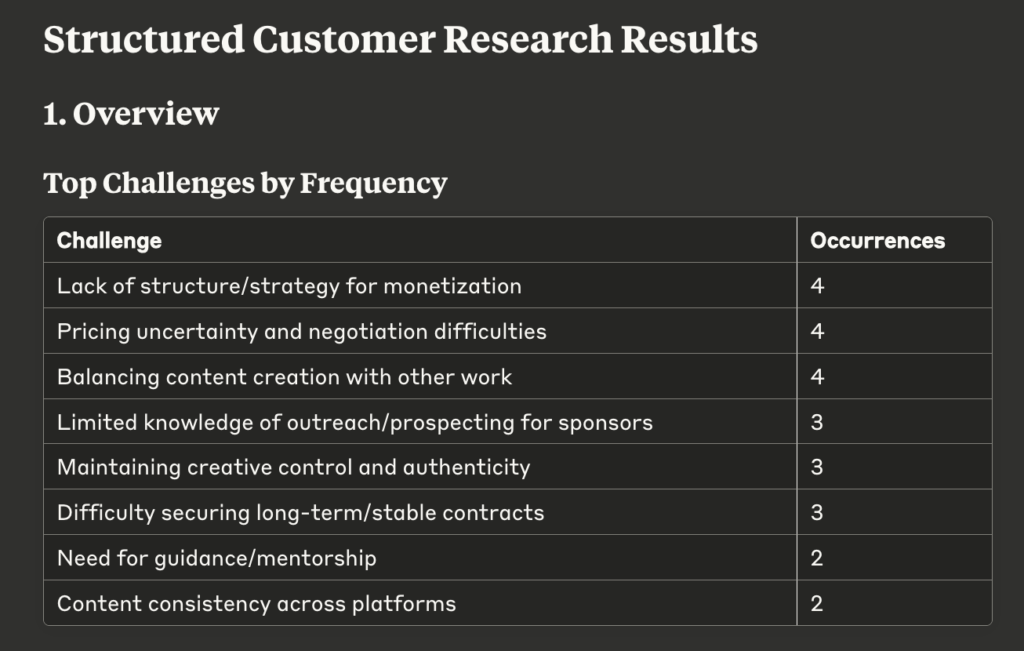
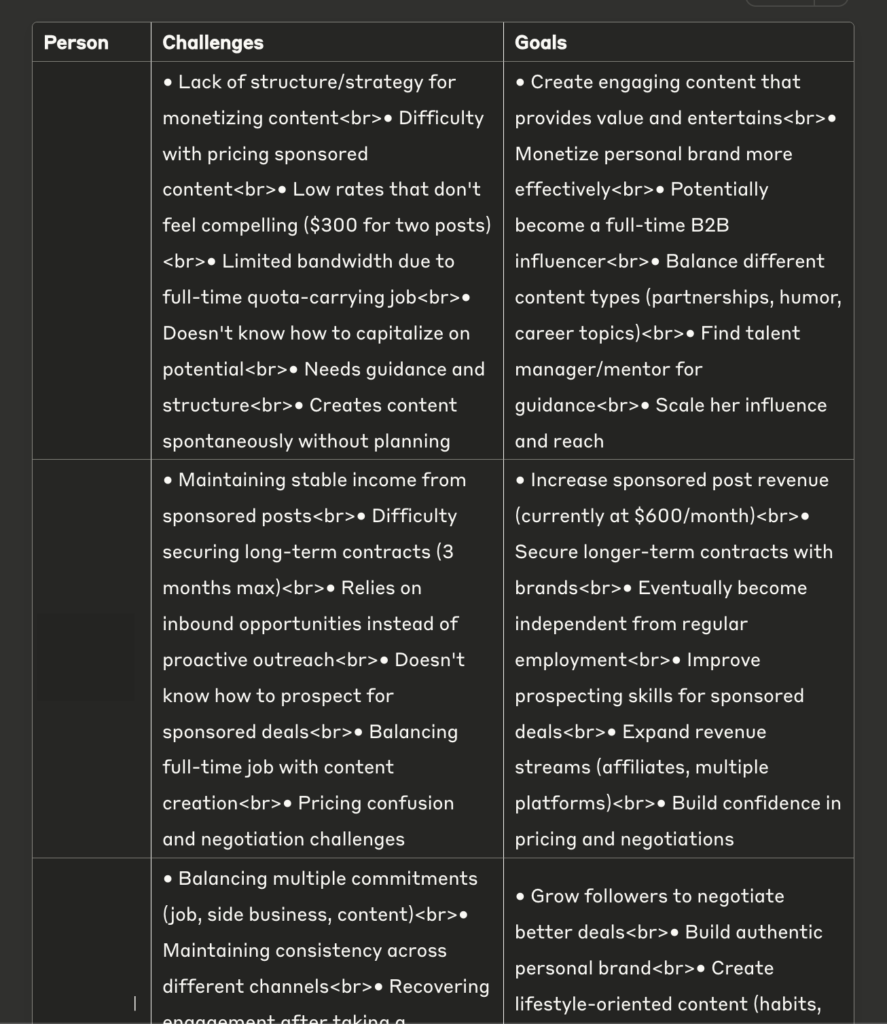
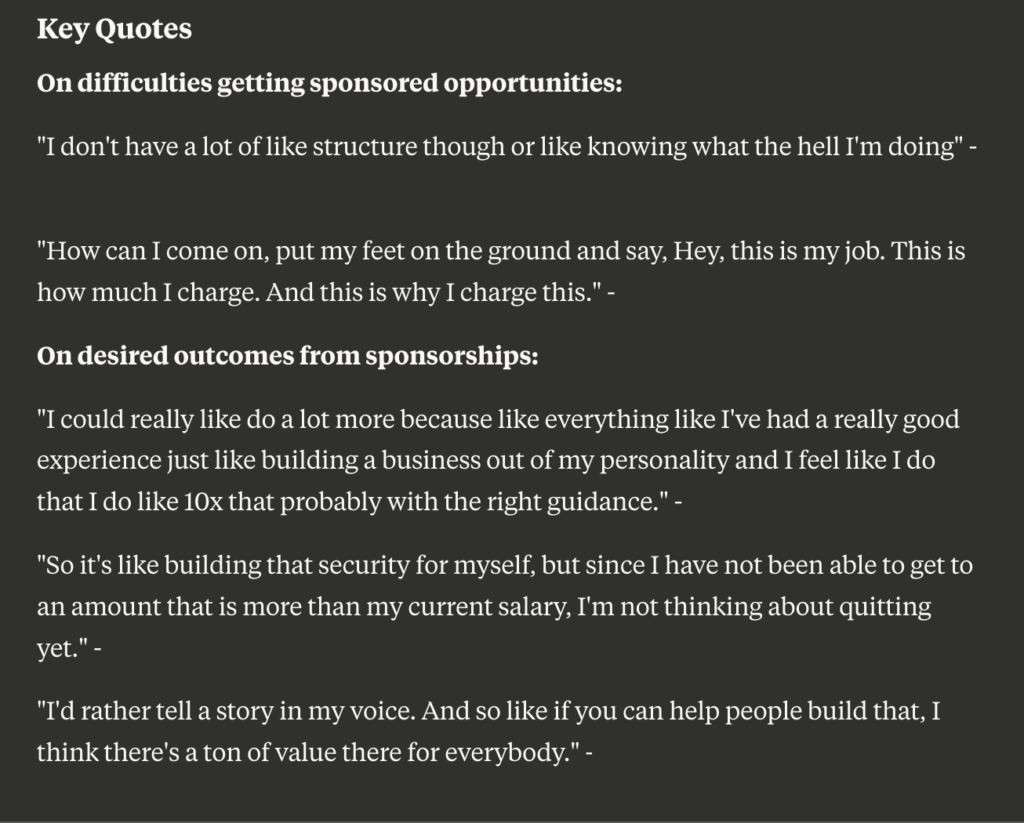
As you can see, the AI is helping me identify patterns. From the conversations I had until now, I know my top 3 customer challenges:
- no strategy for monetization
- no clue how much to charge per post
- difficulties balancing full-time work and creator work
And the best of it is that I can use the words of my customers to create an outbound message. For example, I could write something like: “I speak to a lot of sales creators and most of them have no structure or know what the hell they are doing”.
And this is how you can use AI to better understand the challenges and goals of your customers. This type of work was typically done by market research firms, and it was costing a ton of money. Now you can do it for (almost) free, and keep feeding the AI with new transcript to refine your model.
Hope this helps.
Cheers,
Thibaut Souyris
P.S. When you’re ready, here are 3 ways I can help you:
Subscribe to the Newsletter
Get my free, 4 min weekly newsletter. Used by 5.400+ salespeople to book more meetings and work when, where, and how they want.
Subscribe to the Newsletter
Get my free, 4 min weekly newsletter. Used by 5.400+ salespeople to book more meetings and work when, where, and how they want.
